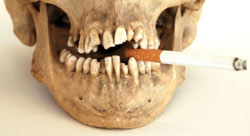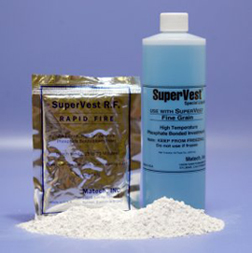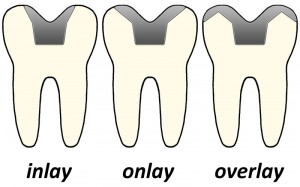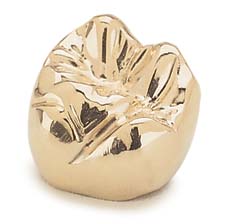Our teeth may have different sizes in different individuals, but they all have a typical shape to serve their different functions. Different teeth can be identified from each other by their shapes. However, sometimes abnormalities or variations occur in the shape or form of the tooth, which may be due to developmental causes, or environmental causes such as trauma or genetic causes. Here are some variations in tooth form that one may find in no particular order of occurence:
How Does Smoking Affect Your Gums Part 2
Continued from Part 1
Smoking Cessation and Recovery
Smoking cessation is an essential component for the successful treatment of periodontal disease as there is little rationale for treating periodontitis without eliminating one of the major causes of the disease. Thus, there is also the question of whether periodontal surgical treatment is indicated without a commitment by the patient to quit smoking. As with other smoking diseases, cessation is only the first step of a long healing process where the smoker often does not approach the lower risk of the nonsmoker for 10 to 20 years.
Continue reading
What is Investment Material?
An Investment Material can be described as a ceramic material which is suitable for forming a mold into which metal or alloy is cast. The procedure for forming the mold is described as investing.
How Does Smoking Affect Your Gums Part 1
Smoking is a major hazard to health and promotes many diseases. In addition to nicotine (one of the most heavily used addictive drugs), cigarette smoke is composed of dozen gases (mainly carbon monoxide) and tar as well as almost 4000 other compounds which causes cancer are present. The ingredients of tobacco products affect not only our body directly, but also the people around us indirectly. Many of our organs succumb to the side effects of smoking, including our gums. Continue reading
How Is Plaque Detected?
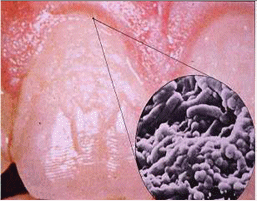
Dental plaque will start forming at the hard to reach places, like at the gum line © smileplus.wordpress,com
In many cases, plaque is difficult for an individual to identify. Plaque can be removed at planned intervals by the dental hygienist or a dentist as part of an oral prophylaxis. However, because daily dental plaque removal is more effective, it is the individual – not the hygienist or the dentist – who is vital for preserving lifelong intact teeth. Therefore it is essential to know the sites in the mouth where tooth plaque tends to accumulate.
Continue reading
Cherubism Part 1
Cherubism is a rare genetic disorder that causes prominence in the lower portion in the face. The name is derived from the temporary chubby-cheeked resemblance to putti, often confused with cherubs, in Renaissance paintings.
Presentation
The appearance of people with the disorder is caused by a loss of bone in the mandible which the body replaces with excessive amounts of fibrous tissue. In most cases, the condition fades as the child grows, but in a few even rarer cases the condition continues to deform the affected person’s face. Cherubism also causes premature loss of the primary teeth and uneruption of the permanent teeth. Continue reading
Abnormalities in size of tooth/ teeth
1. Large tooth/ macrodontia
Macrodontia is derived from the word “macro†which means large and “dont†which refers to tooth or teeth. Macrodontia means a condition whereby a tooth or a group of teeth is abnormally larger than usual. We are not talking about the “bunny teeth” that we had when we were about 6-7 years old, when our 2 upper front teeth has just erupted. The head and jaws of a child that age will continue to grow, and soon the 2 front teeth will no longer seem protruding and large.
Macrodontia can be divided into: Continue reading
Cast Restoration – Part 2
Candelilla Wax: Is obtained from plants. It is added to replace partially or completely the carnuba wax. It is smoother than carnuba wax and its melting point is lower than carnuba wax.
Ceregin wax: It is replaced in place of paraffin wax in order to modify the toughness and carving characteristics of the wax.
Cast Restoration – Part 1
Behçet’s disease
Behçet’s disease (Sometimes called Behçet’s syndrome, Morbus Behçet, or Silk Road disease) is a rare immune-mediated systemic vasculitis that often presents with mucous membrane ulceration and ocular involvements. Behçet disease (BD) was named in 1937 after the Turkish dermatologist Hulusi Behçet, who first described the triple-symptom complex of recurrent oral aphthous ulcers, genital ulcers, and uveitis. As a systemic disease, it can also involve visceral organs such as the gastrointestinal tract, pulmonary, musculoskeletal, and neurological systems. This syndrome can be fatal, due to ruptured vascular aneurysms, or severe neurological complications. Continue reading

